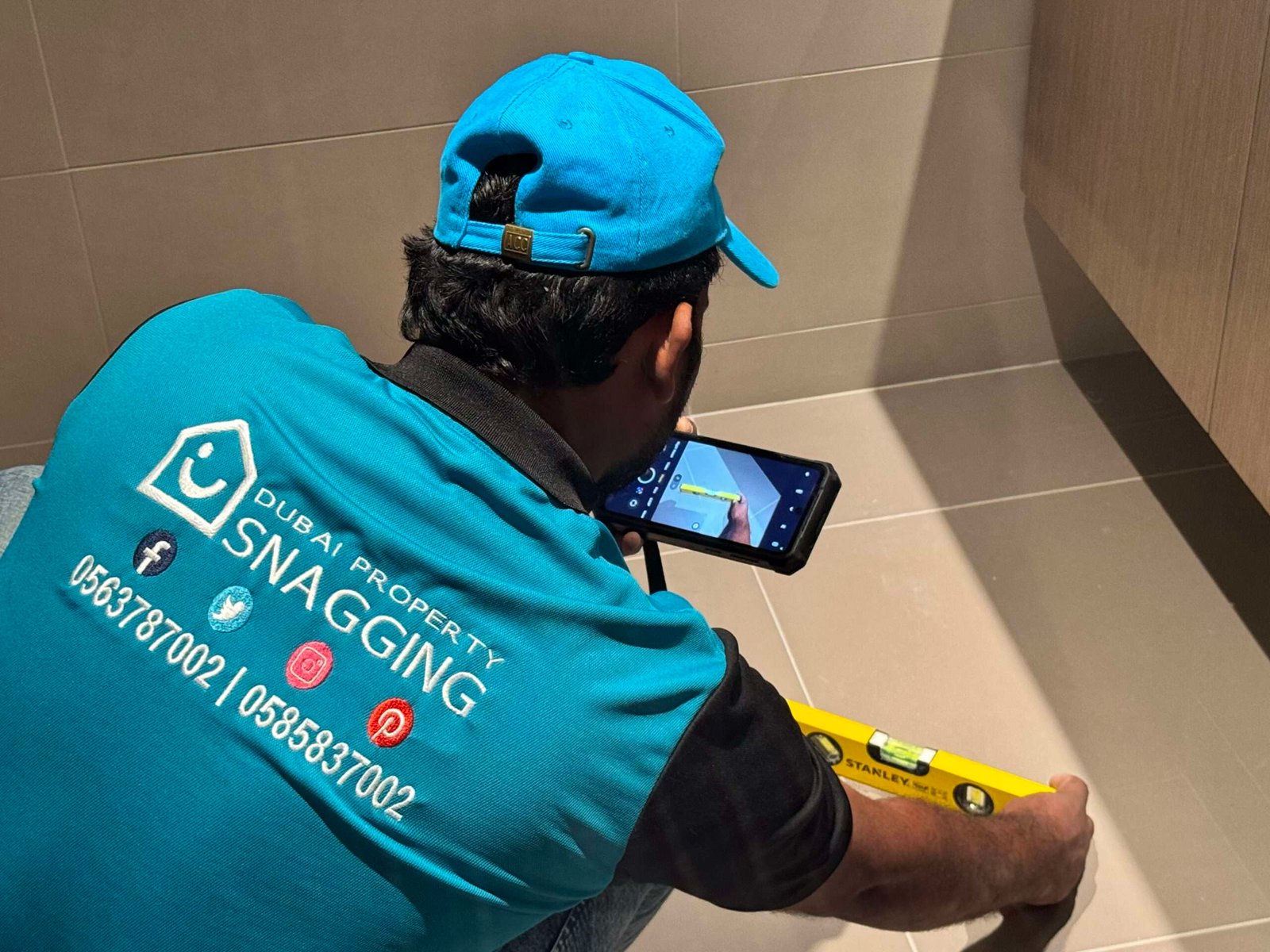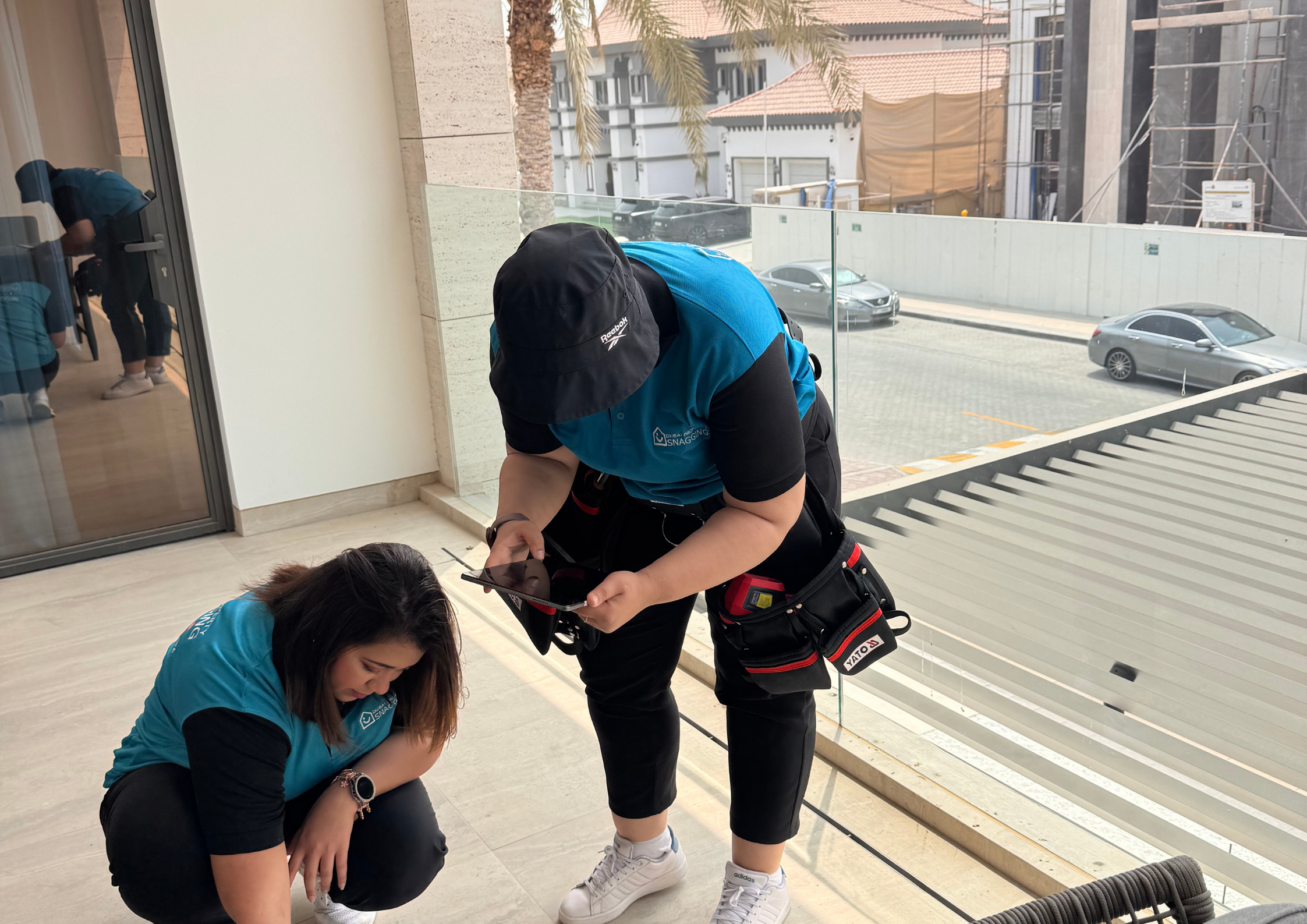The Relationship Between Snagging and Quality Assurance
Introduction
When purchasing a property, especially off-plan, ensuring its quality is a top priority for buyers. One of the most effective ways to safeguard quality is through the process of snagging. Snagging is a crucial step in quality assurance that helps identify and rectify defects before final handover. Understanding the relationship between snagging and quality assurance can help buyers make informed decisions and protect their investments.
What is Snagging?
Snagging refers to the process of inspecting a property for defects, incomplete work, or substandard finishes before taking possession. It is commonly performed in new-build properties and involves compiling a list of issues—known as a snagging list—that the developer or contractor must resolve before final handover.
Common Snagging Issues
- Structural defects such as cracks in walls and ceilings.
- Poorly finished paintwork or plastering.
- Faulty plumbing, including leaks or low water pressure.
- Electrical problems such as improperly installed outlets or lighting.
- Issues with doors, windows, and locks.
- Defective tiling or flooring.
- HVAC system malfunctions.
The Role of Snagging in Quality Assurance
Quality assurance in property development involves ensuring that construction meets specified standards, regulations, and customer expectations. Snagging plays a vital role in this process by:
- Ensuring Compliance with Standards – Snagging checks confirm that the property adheres to building regulations, safety codes, and contractual specifications.
- Enhancing Customer Satisfaction – Addressing defects before handover improves the buyer’s experience and satisfaction.
- Reducing Long-Term Maintenance Costs – Identifying and fixing issues early prevents costly repairs later.
- Holding Developers Accountable – A thorough snagging process ensures that developers deliver on their promises and meet quality expectations.
- Maintaining Property Value – A defect-free property maintains its value and is more appealing to future buyers or tenants.
Tips for an Effective Snagging Process
1. Conduct a Thorough Inspection
- Inspect the property in natural daylight for better visibility of defects.
- Bring a checklist to systematically review all areas, including walls, floors, ceilings, and utilities.
2. Hire a Professional Snagging Company
- A professional snagging inspector has the expertise to identify issues that may not be immediately visible.
- They provide a detailed report that can be used to negotiate necessary repairs with the developer.
3. Check All Fixtures and Fittings
- Ensure doors and windows open and close properly.
- Test all electrical outlets, light switches, and plumbing fixtures.
- Inspect kitchen appliances and bathroom fittings for proper installation and functionality.
4. Document Issues with Photos and Notes
- Take clear photographs of any defects and note their locations.
- Provide a well-organized snagging report to the developer for reference.
5. Follow Up with the Developer
- Ensure the developer acknowledges the snagging list and provides a timeline for rectifications.
- Conduct a re-inspection once repairs are completed to confirm that all issues have been resolved.
Conclusion
Snagging is a fundamental aspect of quality assurance in real estate, ensuring that buyers receive a property free from defects and built to the promised standard. By conducting a thorough snagging inspection and working closely with developers, buyers can secure their investment and avoid future repair costs. Prioritizing snagging as part of the property acquisition process ultimately enhances long-term satisfaction and property value.




